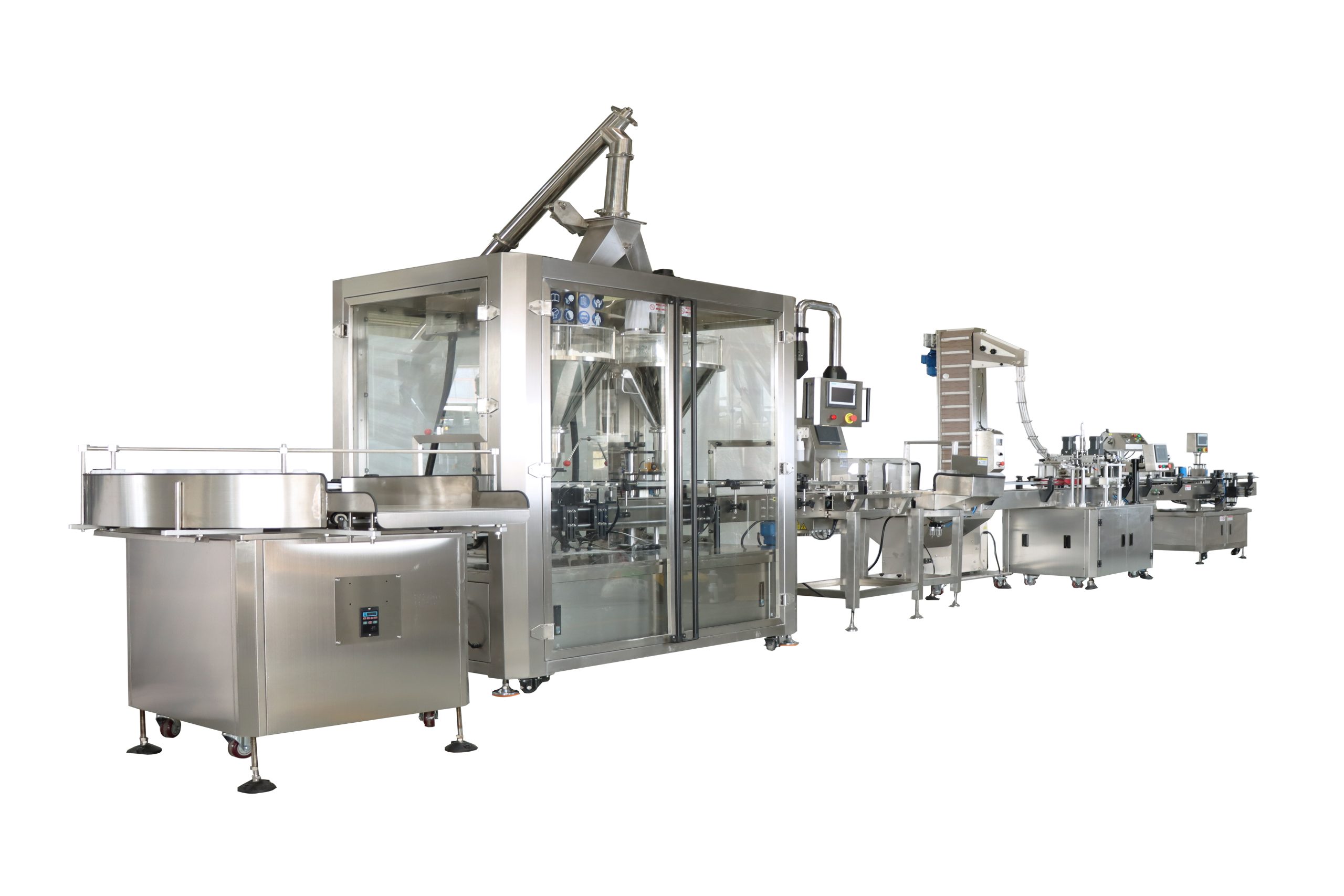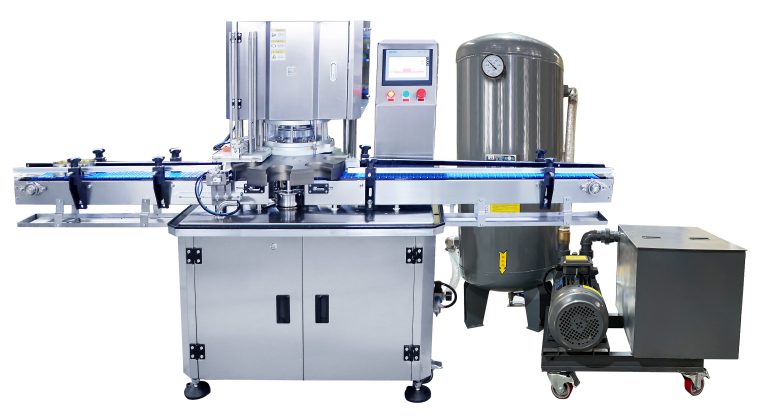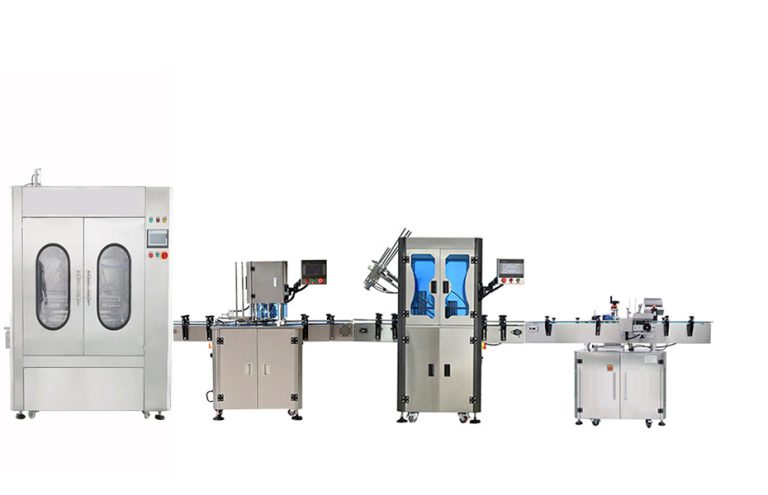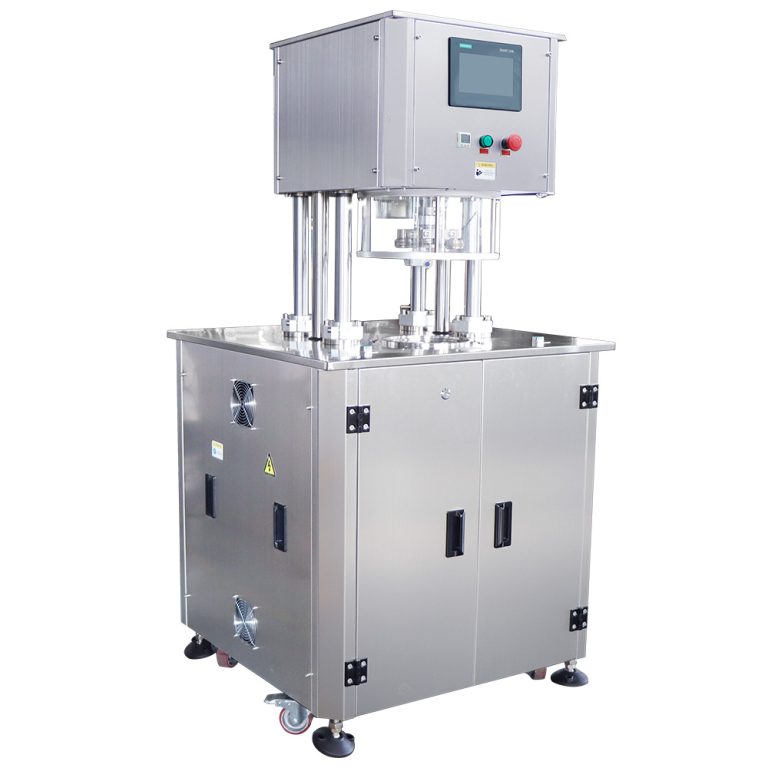Table of Contents
Benefits of Implementing Automation Levels in Powder Packaging Equipment
Automation has become an integral part of modern manufacturing processes, including powder packaging equipment. By implementing automation levels in powder packaging equipment, manufacturers can streamline their operations, increase efficiency, and improve overall product quality. In this article, we will explore the benefits of implementing automation levels in powder packaging equipment and how it can help manufacturers stay competitive in today’s fast-paced market.

One of the key benefits of automation in powder packaging equipment is increased efficiency. Automation allows for faster and more accurate packaging of powders, reducing the time and labor required for each packaging cycle. This not only increases productivity but also helps manufacturers meet tight production deadlines and customer demands. By automating repetitive tasks such as filling, sealing, and labeling, manufacturers can significantly reduce the risk of human error and ensure consistent product quality.
In addition to efficiency, automation levels in powder packaging equipment can also improve overall product quality. Automated systems are designed to perform tasks with precision and accuracy, resulting in more uniform and reliable packaging of powders. This can help manufacturers reduce waste, minimize product defects, and ensure that each package meets the required specifications. By implementing automation levels in powder packaging equipment, manufacturers can enhance the overall quality of their products and build a reputation for reliability and consistency.
Furthermore, automation levels in powder packaging equipment can help manufacturers reduce costs and increase profitability. By automating repetitive tasks, manufacturers can lower labor costs, minimize material waste, and optimize production processes. This can lead to significant cost savings over time and improve the overall profitability of the manufacturing operation. Additionally, automation can help manufacturers scale their production capacity without significantly increasing overhead costs, allowing them to meet growing demand and expand their market reach.
Another benefit of implementing automation levels in powder packaging equipment is improved safety and compliance. Automated systems are designed to meet strict safety standards and regulations, reducing the risk of workplace accidents and ensuring compliance with industry guidelines. By automating hazardous tasks such as filling and sealing powders, manufacturers can create a safer working environment for their employees and minimize the risk of injuries or accidents. This not only protects the well-being of workers but also helps manufacturers avoid costly fines and penalties for non-compliance.
Overall, automation levels in powder packaging equipment offer a wide range of benefits for manufacturers looking to improve their operations and stay competitive in today’s market. From increased efficiency and product quality to cost savings and safety compliance, automation can help manufacturers streamline their processes, enhance their products, and achieve sustainable growth. By investing in automation levels for powder packaging equipment, manufacturers can position themselves for success in an increasingly competitive and fast-paced industry.
Common Challenges Faced When Integrating Automation Levels in Powder Packaging Equipment
Automation has become an essential component in the packaging industry, offering increased efficiency, accuracy, and consistency in the production process. When it comes to powder packaging equipment, integrating automation levels can present a number of challenges that manufacturers need to be aware of in order to ensure a successful implementation.
One common challenge faced when integrating automation levels in powder packaging equipment is the complexity of the process. Powder packaging involves a number of intricate steps, from measuring and dispensing the powder to sealing and labeling the final product. Each of these steps requires precise coordination and synchronization in order to ensure that the end result meets the desired specifications. As a result, integrating automation levels can be a complex and time-consuming process that requires careful planning and execution.
Another challenge is the need for specialized equipment and technology. Powder packaging equipment often requires specialized machinery and technology in order to handle the unique properties of powders, such as their fine particle size and tendency to clump together. Integrating automation levels may require manufacturers to invest in new equipment or upgrade existing machinery in order to accommodate the automation process. This can be a significant financial investment that may require careful consideration and budgeting.
In addition, integrating automation levels in powder packaging equipment can also present challenges in terms of maintenance and troubleshooting. Automated systems are more complex than manual processes, and may require specialized training and expertise in order to operate and maintain effectively. Manufacturers may need to invest in training programs for their employees in order to ensure that they are able to effectively troubleshoot and resolve any issues that may arise during the automation process.
Furthermore, integrating automation levels in powder packaging equipment can also present challenges in terms of scalability and flexibility. Automated systems are often designed to handle specific tasks and may not be easily adaptable to changes in production requirements or packaging formats. Manufacturers may need to invest in additional equipment or technology in order to accommodate changes in their production process, which can add complexity and cost to the automation integration process.
Despite these challenges, integrating automation levels in powder packaging equipment offers a number of benefits, including increased efficiency, accuracy, and consistency in the production process. By carefully planning and executing the automation integration process, manufacturers can overcome these challenges and realize the full potential of automated powder packaging equipment.
In conclusion, understanding the common challenges faced when integrating automation levels in powder packaging equipment is essential for manufacturers looking to improve their production process. By addressing these challenges and carefully planning the automation integration process, manufacturers can ensure a successful implementation that delivers increased efficiency and consistency in their powder packaging operations.





